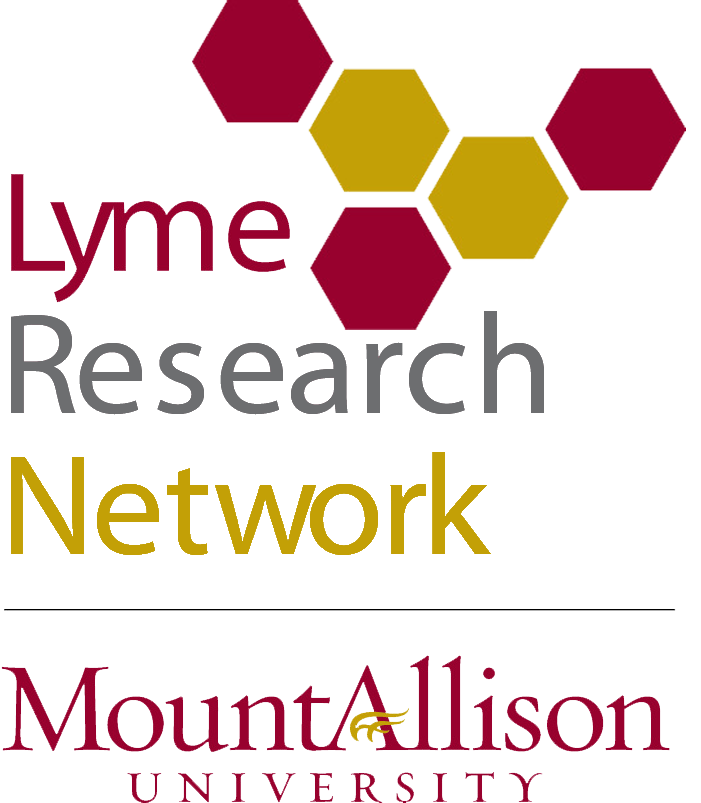What is Lyme disease?
Lyme disease is caused by bacteria of the Borrelia group, which can be transmitted by ticks. Ticks parasitize wildlife, such as rodents and birds, which contributes to the transmission of the bacteria from host to host (Ogden et al., 2009). Ticks acquire Borrelia bacteria when they feed on infected hosts, which they can transmit to humans, pets, and other animals, thereby spreading what is known in humans as Lyme disease (Tilly et al., 2008).
For more information on what Lyme disease is, please see the Canadian Lyme Disease Foundation, or the Public Health Agency of Canada.
Bhate, C., Schwartz, R.A. (2011). Lyme disease: Part 1. Advances and perspectives. Journal of the American Academy of Dermatology, 64(4), 619-635.
Ogden, N.H., Lindsay, L.R., Morshed, M., Sockett, P.N., & Artsob, H. (2009). The emergence of Lyme Disease in Canada. Canadian Medical Association Journal, 180(12), 1221-1224. DOI: 10.1503/cmaj.080148
Tilly, K., Rosa, P.A., Stewart, P. E. (2008). Biology of Infection with Borrelia burgdorferi. Infectious Disease Clinics of North America 22(2), 217-234.
What do ticks look like?
In eastern and central Canada, an important vector of Lyme disease is Ixodes scapularis. This species of tick is known as the blacklegged tick or deer tick. Other ticks that are prevalent in this area are Ixodes cookei (The groundhog tick) and Dermacentor variabilis (the American dog tick or wood tick)
Useful resources for the identification of ticks are:
- Canadian Lyme Disease Foundation
- Tick Encounter Resource Center (University of Rhode Island)
- CDC Geographic Distribution of ticks (Map of the United States)
How are ticks collected?
There are different ways to collect ticks for monitoring and research. The information provided in the map section was based on specimens provided by the general public, veterinarians, and doctors, and is not only an important source of information about where ticks occur, but also an indication of the prevalence of the Borrelia bacteria.
If you or someone you know finds a tick on them it can be submitted for testing at Mount Allison University. Depending on where you live, ticks may be accepted by public health or your local health authority (hospital, doctor, etc.). For more information about submitting ticks to the Lloyd Tick Lab, please click here.
